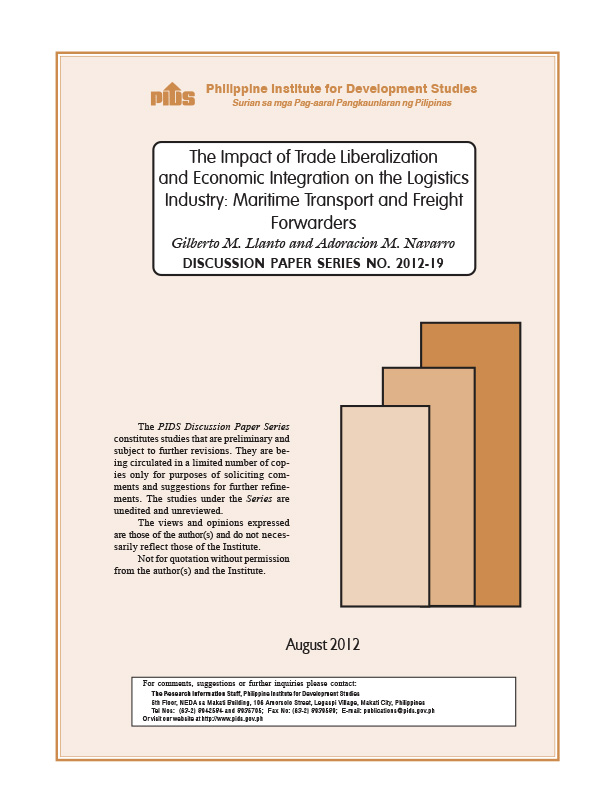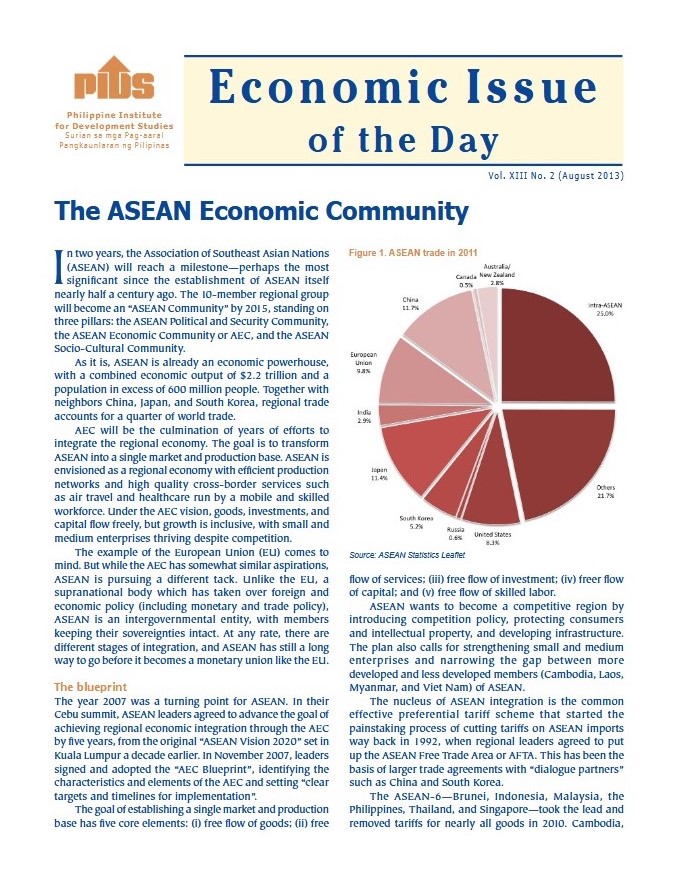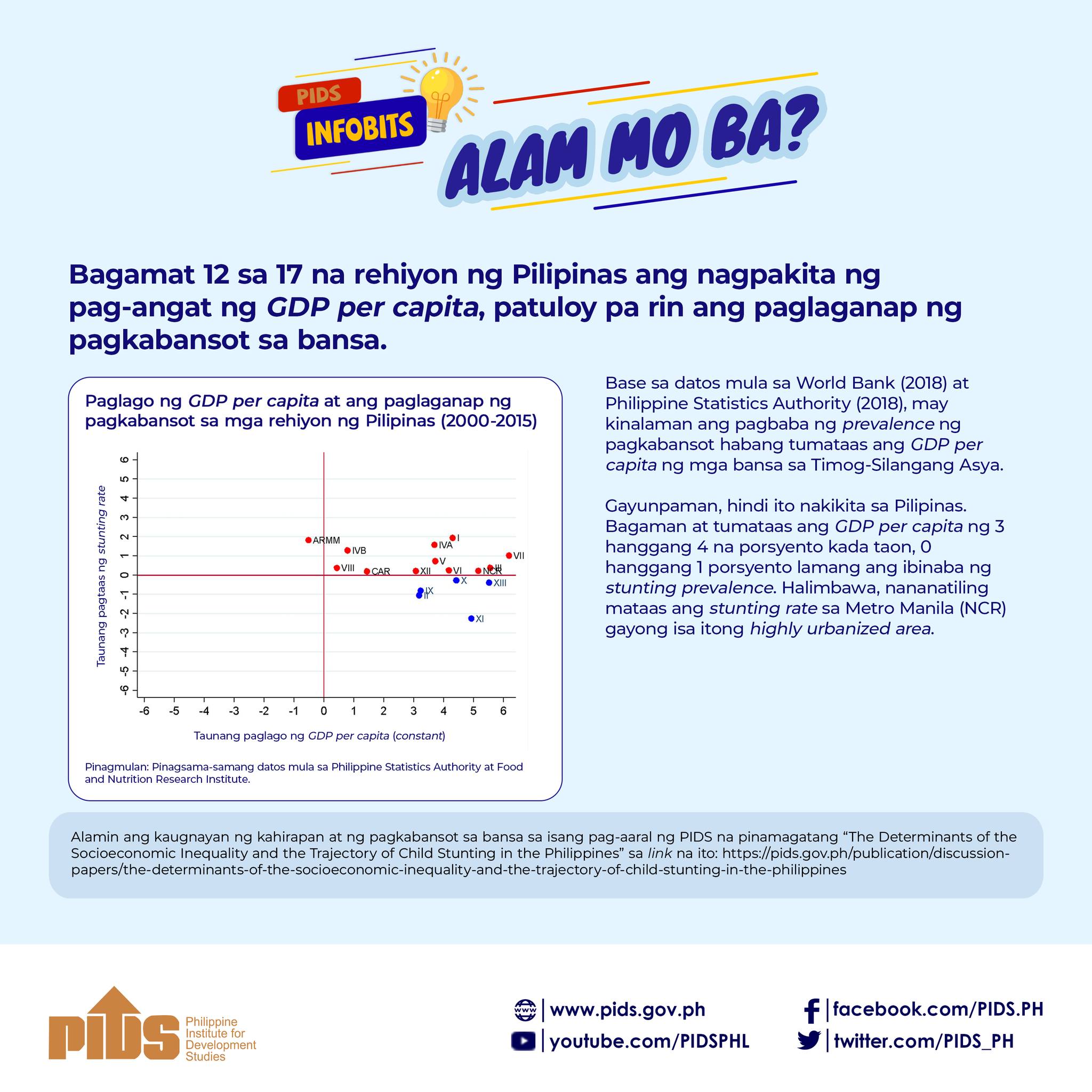The Philippine Institute of Development Studies (PIDS) has identified priority measures that would address some key institutional weaknesses that hamper the competitiveness of the private sector.
In its latest study on the Philippine compliance to the ASEAN Economic Community blueprint, PIDS has indicated that the priority measures due for implementation are mostly on the free flow of goods, particularly speeding up services liberalization, customs integration, ratification of transport protocols, and setting of standard and conformance measures and harmonized regulatory regimes for certain products.
At the same time, the study evaluated the implementation of the 2010-2015 ASEAN Strategic Action Plan for SME Development which aims to improve the business and investment-enabling environment for small and medium enterprises (SMEs).
Of these measures, services liberalization is expected to be the most difficult to undertake since it entails changing certain Philippine laws or constitutional provisions.
Critical measures for customs integration include developing advance ruling systems for tariff classification and value assessment, and implementation of the ASEAN Customs Declaration Document.
Finalizing transport protocols and pacts refers to those under the ASEAN Framework on the Facilitation of Goods in Transit. It also requires upgrading the country’s infrastructure.
The study revealed that the overall business environment in the Philippines is still not conducive to SME development. Costs of doing business are still high and are likely to be even higher for SMEs. But that also means that any improvement in the country’s business environment would yield even more substantial benefits to SMEs, the study noted.
The study recommended to increase SMEs’ access to finance, allow them to penetrate new markets and maintain and expand existing ones, and raise their level of productivity and efficiency.
It also urged to speed up the pace of implementation, noting that further delays would be "costly for the country,” since AEC measures are designed to be applied progressively over time, building one on top of the other.
Sad Priority measures to address competitiveness — PIDS For ASEAN Economic Community 2015












